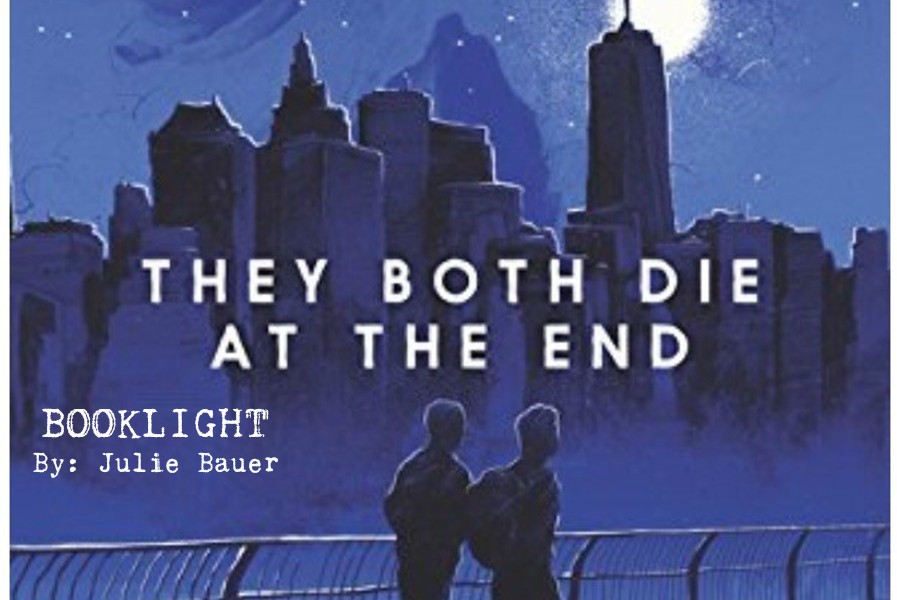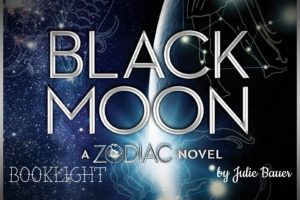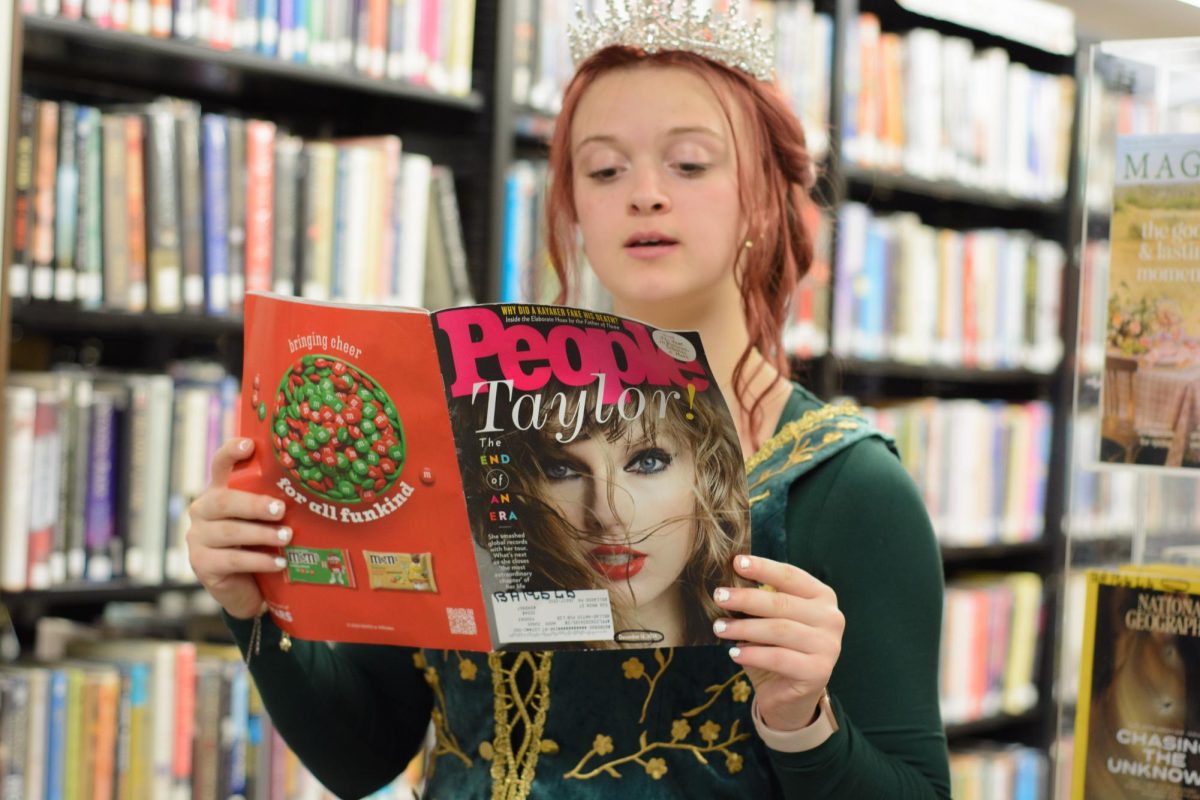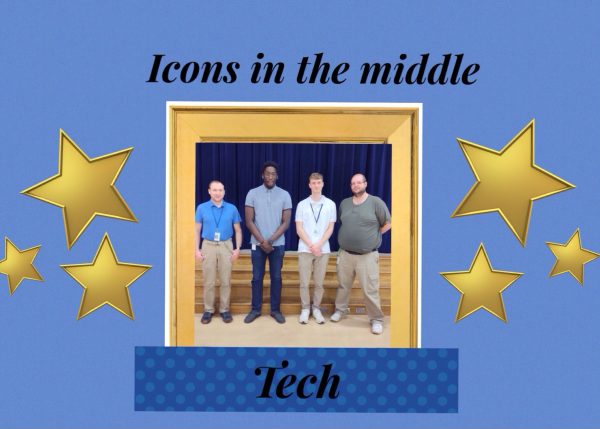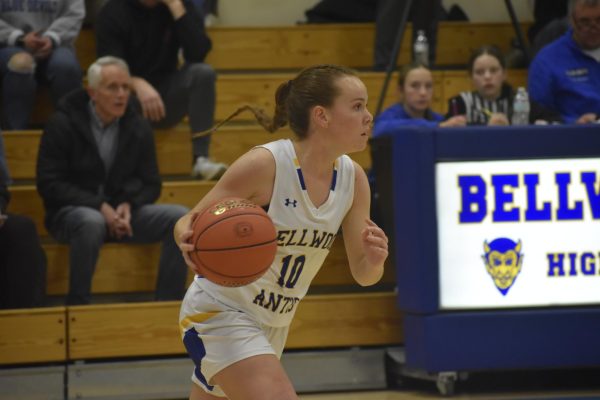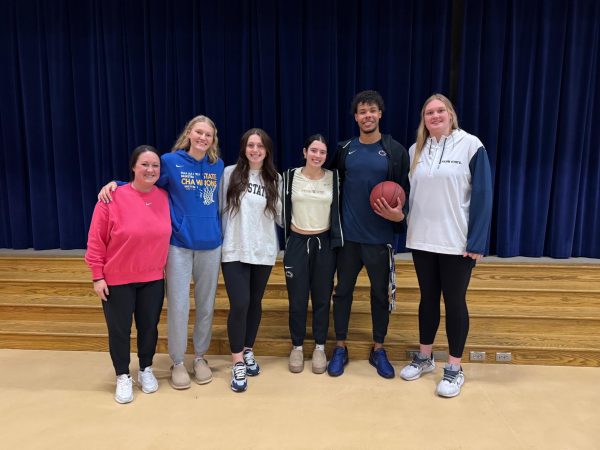BOOKLIGHT: They Both Die at the End
This week Julie Bauer recaps The Both Die at the End.
January 8, 2018
The Both Die at the End, a piece of speculative fiction, takes place in a universe in which the date of a person’s death can be predicted by an organization called Death-Cast. “Deckers,” or those who are dying, receive a call informing them that they will die sometime in the next 24 hours.
Teenagers Mateo Torrez and Rufus Emeterio receive the call on September 5, 2017, a little after midnight. Mateo wants to break out of his shell and live the vivid, free life he’s always shied away from. Rufus, isolated from his closest friends on his End Day, does not want to be alone.
Luckily, an app called Last Friend allows the two to meet. Together, they go about the task of living out all of the years that have been robbed of them in a single day.
They Both Die at the End is a bittersweet, deeply emotional read. Adam Silvera is extraordinarily skilled at making readers feel for each character in the novel. To start, Silvera makes his protagonists sound like actual teenagers, a feat that many YA authors can’t seem to achieve.
Further, little details are thrown in about the lives, likes, and dislikes of Rufus and Mateo. Their backstories are developed at a reasonable pace.
And finally, the cast of the novel is characteristically diverse. Neither of the protagonists are white. Imagine that, in a book that isn’t specifically about race relations! Rufus is bisexual. It’s not a defining aspect of the plot, but still holds a realistic amount of importance. Some of the secondary characters in the novel are also LGBT without it being a big thing. Adam Silvera’s success in this has to do with the fact that he is LGBT.
All of these things, taken together, create a sympathetic cast of characters that seem like they could be actual people. This is the novel’s greatest achievement.
One other thing to note about this book is the way it’s structured. For the most part, it’s written in alternating first-person chapters that focus on Mateo or Rufus. There are also chapters that focus on supporting characters, such as Mateo’s best friend Lidia or Rufus’s ex-girlfriend Aimee. Finally, there are chapters on characters who never will never meet the protagonists and are only loosely connected to the main narrative of the novel– such as Andrea, the Death-Cast employee who gave Mateo “the call.”
The chapters from supporting characters and minor characters serve to add a little charm to the They Both Die at the End universe. These perspectives play a part in answering one of the novel’s essential question: how would we live differently if we knew when we were going to die?
If the science fiction aspects of They Both Die at the End’s summary appeal to you more than anything else, you might come out of it unsatisfied. No explanation whatsoever is given as to how Death-Cast knows when people are going to die. Although this information would satisfy any reader’s curiosity, it has little to do with the novel’s central message.
One issue with this book is pacing. It takes nearly 100 pages for Rufus and Mateo to meet, and once they do, it takes time for their friendship to develop and their journey to really begin. The action flows consistently after this, however.
Among YA fiction novels, They Both Die at the End is a diamond in the rough. It manages to have believable, seamlessly diverse characters and a compelling plot, written in a highly readable and emotional style. If this appeals to you, be sure not to miss this novel.


